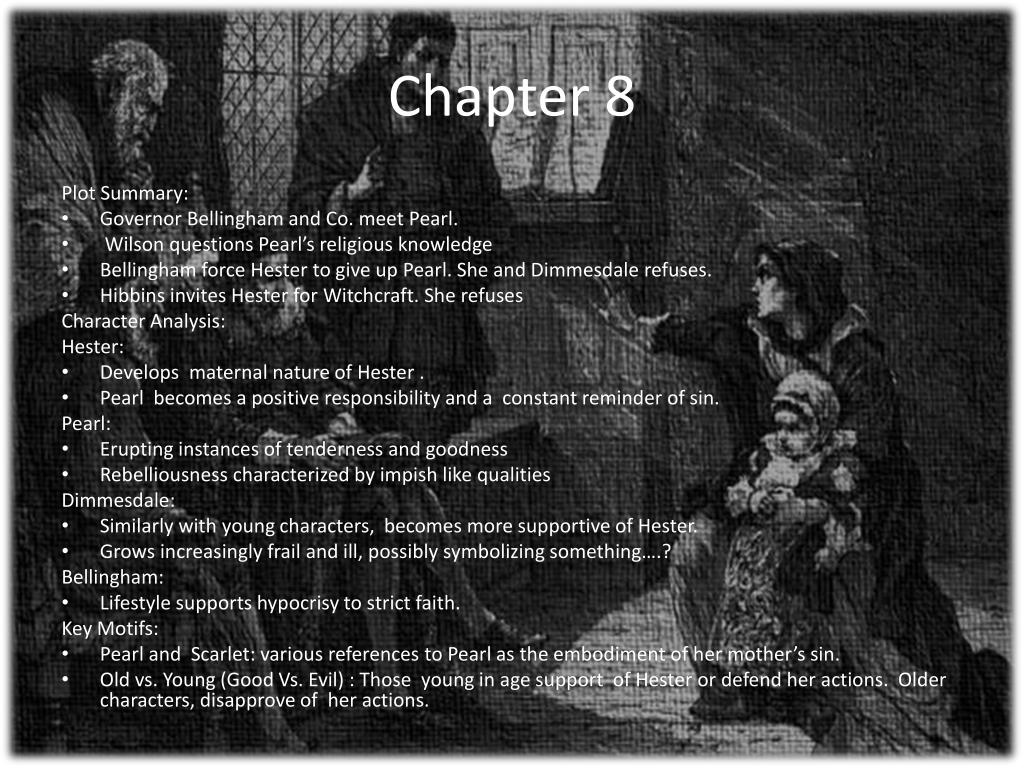

Concord was all cultural vitality in a pastoral “good place” for writing and gardening and marriage.Ĭast innocently out of their rented Eden, he and Sophia had to move in with his mother in Salem. There in Concord, in the midst of the Transcendentalist Movement, he wrote as part of the literary avant-garde, in the company of Emerson, Margaret Fuller, Lowell, Channing, Bronson Alcott and the scruffy Thoreau. “The Old Manse” is nostalgic for the bliss of his honeymoon, is the “brightest” of his works and is his most idealistic expression of Christian Platonism. As put by biographer Randall Stewart, “The life of the newly married pair at the Old Manse is the classic of American marital idylls.” It lasted until the fall of 1845, when the son of the late clergyman who owned the house decided to take it over himself. Hawthorne married Sophia in July 1842, they moved into the Old Manse and he began cultivating the garden, which he compared to Eden. Though balance implies equal weight, Hawthorne viewed life and history as brightening, in contrast to Melville, who saw the dark side as “two thirds” of life, corresponding to the ratio of sea to land on earth: “So, therefore, that mortal man who hath more of joy than sorrow in him, that mortal man cannot be true-not true, or undeveloped”-like Jolly Stubb (Moby-Dick, Chapter 96).

A subtle artist rather than a preacher, he dramatizes his spiritual ideals and moral judgments in the context of history, exposing “pernicious errors.” He gave his sensitive wife Sophia headaches when he read aloud to her from the manuscript about poor Hester Prynne, which he himself felt was “too much ungladdened by genial sunshine.” He considered his domestic Victorian romance The House of the Seven Gables more characteristic of his “mind and heart.” Hawthorne transcended himself in writing The Scarlet Letter, rendering the gloom in human life and history that was required to balance the brightness more characteristic of his own nature. The self he includes is a modest “figurative self,” for he keeps “the inmost Me behind its veil.” Unlike the Calvinist Parson Hooper, whose veil is all gloomy black, the Victorian idealist Hawthorne is “a man not estranged from human life, yet enveloped in the midst of it with a veil woven of intermingled gloom and brightness.” That is his description of a clergyman fit to live in the Old Manse, the legendary national monument in Concord that was his home for awhile, in the first paragraph of “The Old Manse” (1846). “The Custom-House” Hawthorne’s allegories are evidence of holistic consciousness, which impels him to include himself as author in any vision of totality. ANALYSIS BY CHAPTER The Scarlet Letter (1850)


 0 kommentar(er)
0 kommentar(er)
